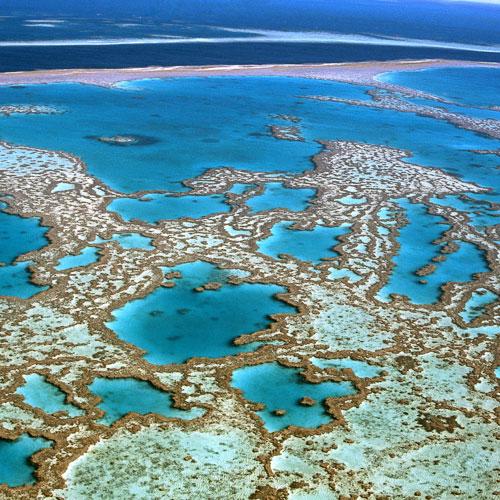
This course covers the carbonates depositional systems, highlights the main differences in reservoir characteristics between carbonates and clastics and the pitfalls in reservoir evaluation, related to carbonate-specific issues.
The course is designed for:
This is a Basic- Medium level carbonate training for:
Day 1
Getting familiar with Carbonates – where they are from
Introduction to carbonates. This session brings you up to speed about how and where carbonates are formed and provides the basis for the main differences between carbonate and clastic reservoirs.
Carbonates through geologic time, how carbonates change through geologic time and why that is important to know in a petroleum-geological context.
Carbonate facies, which ones tend to form the best reservoirs. How facies recognition helps for prediction of permeability distribution.
Carbonate source rocks
Day 2
How they change
Diagenesis: overview of main diagenetic processes in carbonates.
Karst: why and how does it form, types of karst. Unconformity-related karst. Effect on reservoir, how to recognize it on seismic, during drilling, on logs, core, thin sections. Hydrothermal karst.
Dolomitization: where to expect it and why, effect on reservoir.
Deep-burial diagenesis: where to expect it and why, effect on reservoir.
Fractures: all carbonates are fractured. Whether they have an impact on reservoir performance is a different story and the subject of this session.
Day 3
How they stack – connectivity of reservoir units
Carbonate platform configurations and geometries
Concepts of sequence stratigraphy
Carbonate sequence stratigraphy
How a platform accumulates with relative sea-level changes
Seismic expression
Seismic response issues of carbonates.
Day 4
Carbonate reservoirs – volumetrics and recovery issues
Petrophysical issues in carbonates: awareness of differences with clastics
Volumetrics uncertainties: there are some critical issues in carbonates for the evaluation of volumetrics. If handled “normally”, i.e. like clastics, large mistakes can be made in the evaluation of storage capacity of carbonate fields. This session highlights these issues and offers ways to resolve them.
Recovery issues in carbonate reservoirs.
Day 5
Summary Sessions
Discussions
Presentations of learning points
Summary
Feed Forward Session: As a basis for evaluating the business impact, a feed forward session will be incorporated at the end of the course.
This involves highlighting specific action points of what participants intend to do differently in their day-to-day work, based on the learnings from the course.
GeoModes 2021 | All Rights reserved | Powered by MENA
If you would like to request the course outline, find out the next available time slot or you have any other inquiry, please tell us more by filling up the form below.
Will be in touch with you as soon as we can.